Posterior spinal fusion is often necessary for patients with scoliosis, spondylolisthesis, or other degenerative diseases that cause spinal deformity. Degenerative conditions and abnormal spinal curves may lead to the premature wear and tear of intervertebral discs and joints, nerve compression, and other spinal problems.
The posterior spinal fusion procedure is used to fuse or combine two or more vertebrae, enhancing spinal stability. The fusion process usually involves two stages — first, an implant material offers immediate stability; second, a bone grafting material encourages bone growth to offer long-term spinal stability. The entire fusion process may take several months.
Dr. Brian McHugh specializes in the latest and most advanced minimally invasive surgeries. However, he only recommends posterior spinal fusion after attempting non-invasive treatment options, such as corticosteroid injections, medications, and physical therapy. If everything fails, he may recommend posterior spinal fusion as a last resort.




